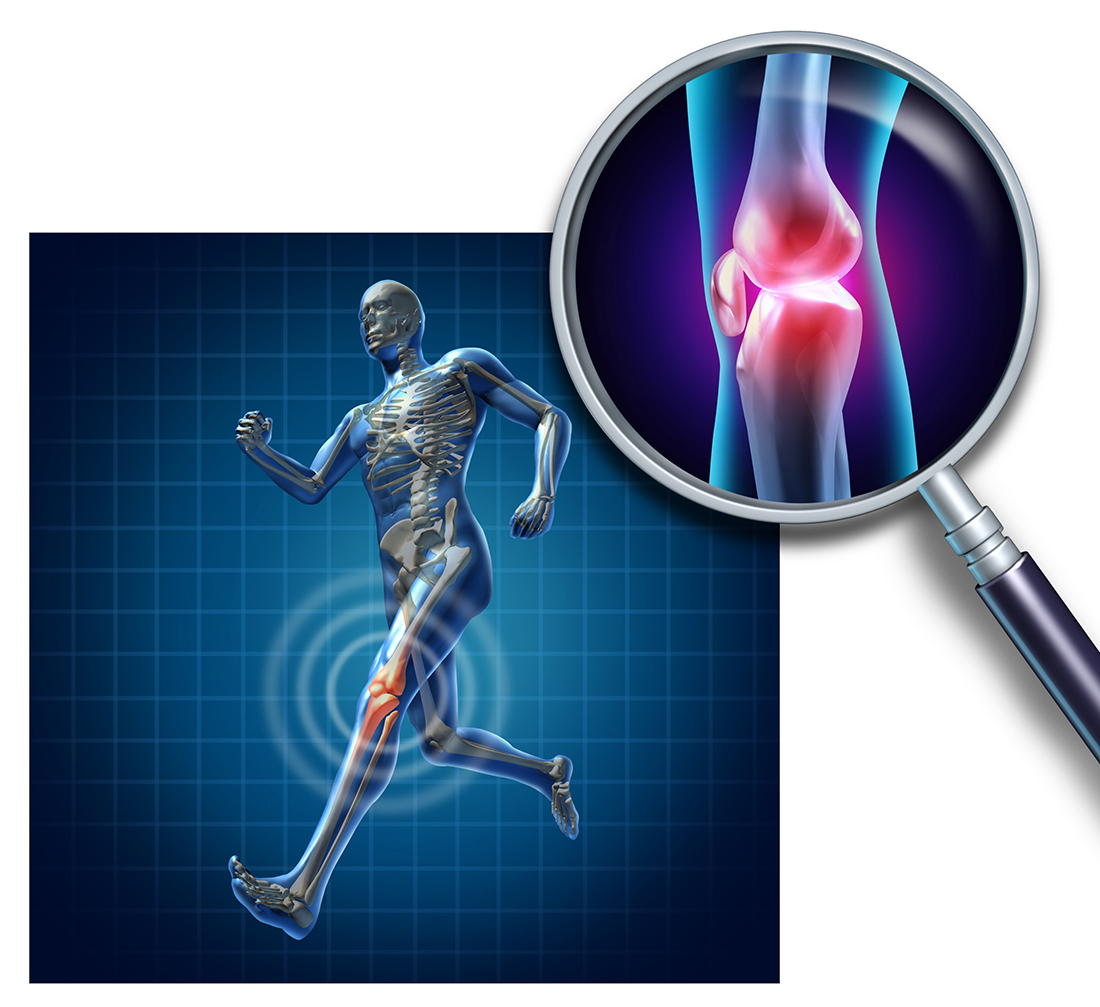- If you have lower back pain, you are not alone. About 80% of adults experience low back pain at some point in their lifetimes. It is the most common cause of job-related disability and a leading contributor to missed work days. In a large survey, more than a quarter of adults reported experiencing low back pain during the past 3 months, with an 80% chance of recurrence within a 12 month period after onset. Of those interviewed, 45% of those who have an acute episode of back pain will go on to experience chronic symptoms which persist for longer than 3 months.
The lower back is an intricate structure of interconnected and overlapping elements:
- Tendons and muscles and other soft tissues
- Highly sensitive nerves and nerve roots that travel from the lower back down into the legs and feet
- Small and complex joints
- Intervertebral discs with their gelatinous inner cores.
An irritation or problem with any of these structures can cause lower back pain and/or pain that radiates or is referred to other parts of the body. Pain from resultant lower back muscle spasms can be severe and feel disabling.
Classification systems can be useful in subgrouping and hence managing low back pain. Various systems have been developed over the years, most recently with chronic low back pain being classified into 2 groups:
1. Specific back pain disorders – this is where there is a true pathobiological origin such as those mentioned above – disc, ligament injury etc
2. Non-specific back pain disorders – this is where pain cannot be attributed to a single structural injury
The most specific way of diagnosing lower back pain is with an MRI, however the results should be interpreted with caution (have a look at my previous blog on the use of scans for more details!) as there have been studies that have shown people with no back pain to have changes on MRI, and conversely those with chronic and severe symptoms can have a clear MRI!
Due to the complex nature of lower back pain there is no universal method for managing or treating it. Of all the injuries seen, lower back pain must be taken on a case by case basis, with the treatment strategy put together for the exact symptoms on presentation. Treatments may include hot and cold, strengthening exercises, stretches and flexibility, massage, posture correction, lumbar mobilisation, acupuncture and…..manipulation. However, manipulation is not always the cure it can be sold as…..if it were, people would be clicking backs all the time and curing things very quickly and charging a lot for it! Because believe me, if I, or anyone else, could click someone’s lower back and make their pain resolve straight away, then we would all be doing it!!!!
If you are in any doubt however you should make sure you get your lower back checked out, either by us at 360-physio, your GP or another trusted healthcare professional




